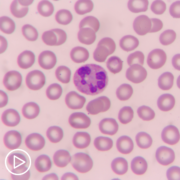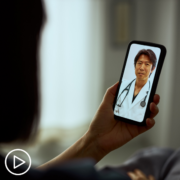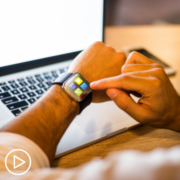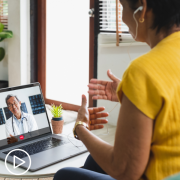What Does Remote Patient Monitoring Mean for MPN Patients?
What Does Remote Patient Monitoring Mean for MPN Patients? from Patient Empowerment Network on Vimeo.
Myeloproliferative neoplasm (MPN) patients are a patient group who already used remote patient monitoring before the COVID-19 pandemic. Watch to learn about remote patient monitoring, recent advancements for MPN patient care, and expectations for future developments from remote patient monitoring.
See More From the MPN TelemEDucation Resource Center
Related Resources:

|

|

|
Transcript:
Remote patient monitoring was already in use before the COVID-19 pandemic hit, and technology improvements were fast-tracked by federal grants from the U.S. government. Telemedicine appointments and monitoring of the heart, lungs, brain, and muscles through remote technologies can be easily carried out for improved remote care.
Though remote patient monitoring of MPN patients was already in practice through periodic monitoring of blood work, advancements have been made in recent months. These improvements allow patients to visit their MPN specialist less frequently as their provider advises. While protecting patients from virus and infection risks, fewer visits save time and travel costs while also allowing optimal patient care in collaboration with their provider.
As remote patient monitoring technologies continue to increase and improve over time, they will continue to help refine patient care. MPN patients can expect personalized care that becomes even more tailored to their needs, which will result in improved quality of life and less time in care appointments and traveling time for care appointments.
Please remember to ask your healthcare team what may be right for you.













